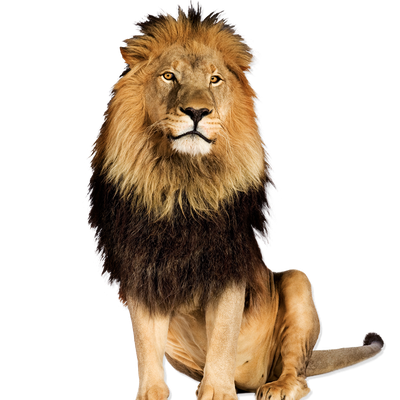Your search returned 13 results
By Page Type
By Tag
- All
- fish (966)
- blog (698)
- fishes of sydney harbour (400)
- First Nations (292)
- Blog (237)
- AMRI (169)
- archives (165)
- Aboriginal and Torres Strait Islander (135)
- Eureka Prizes (131)
- insect (126)
- Ichthyology (124)
- geoscience (109)
- minerals (102)
- climate change (100)
- podcast (95)
- Fish (91)
- Anthropology (89)
- International collections (80)
- Minerals Gallery (78)
- wildlife of sydney (78)
- Labridae (77)
- frog (73)
- gemstone (70)
- history (63)
- photography (63)
- staff (61)
- Mollusca (60)
- gem (59)
- Birds (58)
- Gems (56)
- Indonesia (56)
- education (56)
- AMplify (54)
- shark (54)
- people (53)
- earth sciences (50)
- exhibition (50)
- past exhibitions (50)
- Gobiidae (48)
- Pomacentridae (45)
- sustainability (45)
- Serranidae (44)
- science (44)
- lifelong learning (42)
- Earth and Environmental Science (41)
- Syngnathidae (41)
- Ancient Egypt (40)
- Bali (40)
- bird (40)
- dangerous australians (40)
-
Coastal habitats
https://australian.museum/learn/teachers/learning/coastal-habitats/Coasts are places where the land meets the sea.
-
Forest habitats
https://australian.museum/learn/teachers/learning/forest-habitats/Forests are places with tall trees and a thick canopy. In Australia the three main types of forest include dry forests, wet forests and rainforests.
-
Urban habitats
https://australian.museum/learn/teachers/learning/urban-habitats/Lots of people live in big cities and towns. Many Australian plants and animals have adapted to live with us in our gardens, buildings, parks and harbours. Find out what might live in your backyard.
-
Find out more
Tails from the Coasts
Special exhibition
On now![]()
-
Find out more
Burra
Permanent education space
10am - 4.30pm![]()
-
Find out more
Wild Planet
Permanent exhibition
Open daily![]()
-
Discover more
Minerals
Permanent exhibition
Open daily![]()





